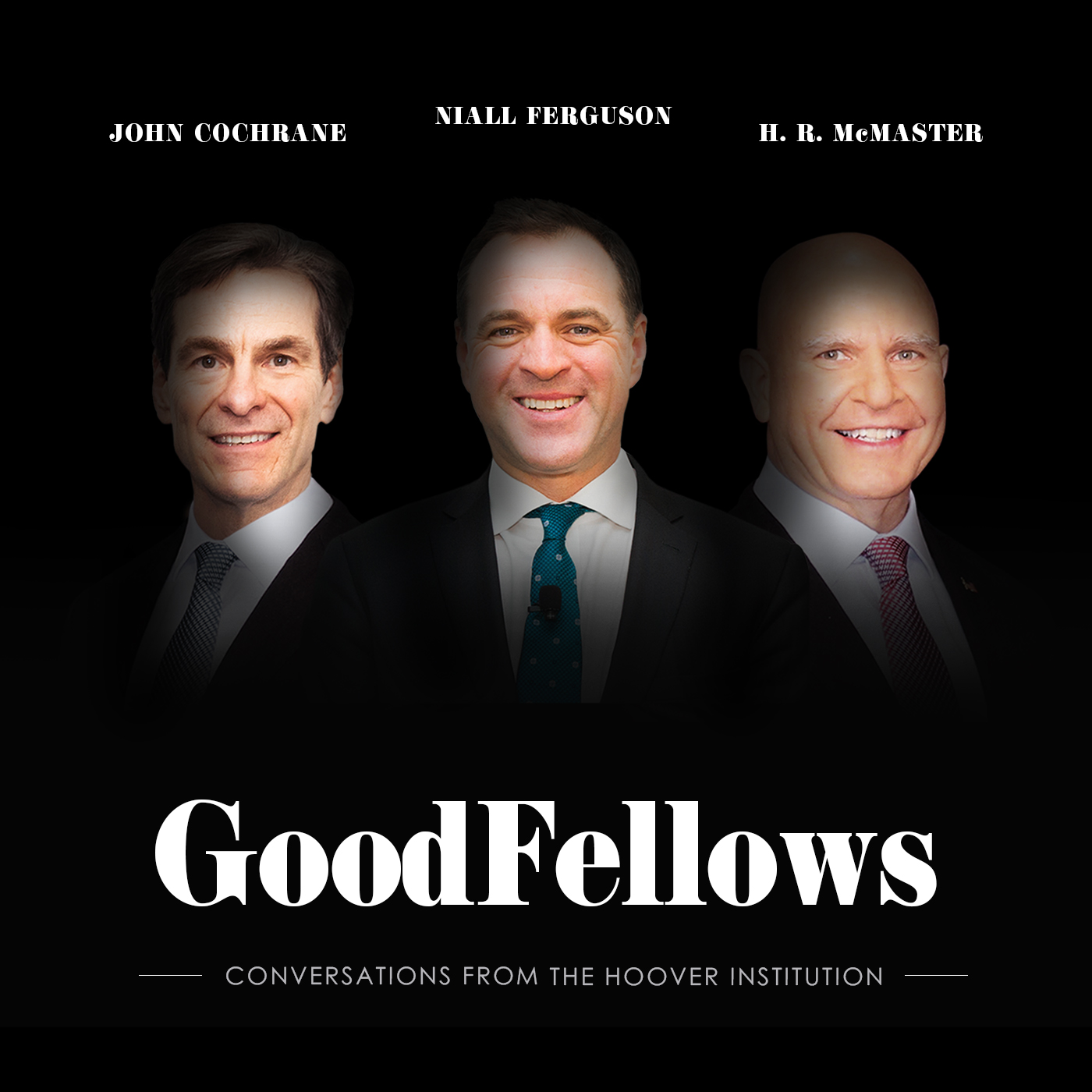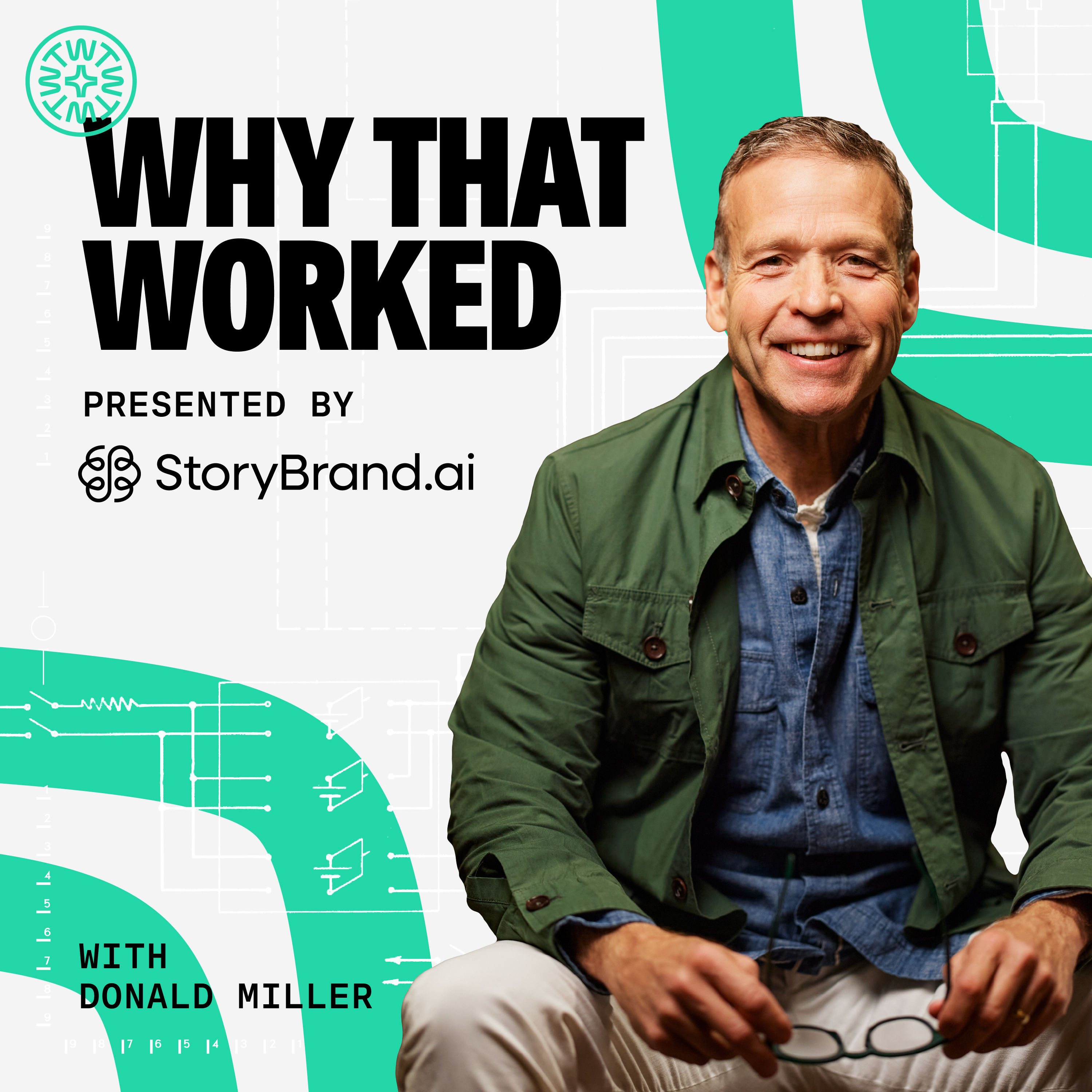
The Leadership Drip
Welcome to The Leadership Drip Podcast. This weekly podcast will bring you timely leadership knowledge. You can find more about me in the following places:
Website: https://theclaygreene.com
LinkedIn: https://www.linkedin.com/in/theclaygreene/
Facebook: https://www.facebook.com/TheLeadershipDripPod/
Instagram: https://www.instagram.com/claygreene1977/
X: https://x.com/LeaderDripPod
Help support the page by sharing with all your friends or family!
You can also support what I am doing here by purchasing any products from my affiliate links on Amazon here: https://theclaygreene.com/products/
If you are a new leader, I highly recommend that you download my free "New Leader Planning Guide" that will help you in saving valuable time by gaining greater focus. You can find that by following this link: https://leadershipdrippod.ck.page/7db8d28aa2
The Leadership Drip
The Law of the Picture from the 21 Irrefutable Laws of Leadership
Welcome to The Leadership Drip podcast! This weekly podcast will bring you timely knowledge that will help you advance to higher levels of leadership. Whether your business is large or small, the information you will gain here and in my corresponding blog will help your business. You can find more about me in the following places:
Website: https://theclaygreene.com
LinkedIn: https://www.linkedin.com/in/theclaygreene/
Facebook: https://www.facebook.com/TheLeadershipDripPod/
Instagram: https://www.instagram.com/claygreene1977/
X: https://x.com/LeaderDripPod
Help support the page by sharing with all your friends or family!
You can also support what I am doing here by purchasing any products from my affiliate links on Amazon here: https://theclaygreene.com/products/
If you are a new leader, I highly recommend that you download my free "New Leader Planning Guide" that will help you in saving valuable time by gaining greater focus. You can find that by following this link: https://leadershipdrippod.ck.page/7db8d28aa2
Hello and welcome, everyone, to another episode of the leadership drip. I'm your host, Clay Greene, and I'm so happy to be back with you again today. On today's episode, we are on the backside of the 21 irrefutable laws of leadership, and today's law is the law of the pitcher. Let's drive right into this few concepts are as powerful as the law of the picture. The fundamental law encapsulates a profound truth about human behavior and influence. People do what people see. Let's uncover the law's far-reaching implications for leaders, mentors, parents, and anyone seeking to make a lasting impression on others. At its core, the law of the picture assumes that individuals are more likely to follow the actions they observe, rather than merely sticking to verbal instructions or abstract concepts. This law underscores the critical importance of leading through example, emphasizing that our actions speak louder than words could ever. The power of this principle lies in its simplicity and universality. From the boardroom to the living room, from educational institutions to community organizations, the law of the picture operates silently, yet strongly shaping behaviors, attitudes, and cultures. To fully appreciate the law of the pitcher, we must first understand its psychological foundations. Humans are inherently social creatures, wired to learn and adapt through observation and imitation. This tendency, deeply rooted in our evolutionary history, has been crucial to our survival and development as a species. Social learning theory, pioneered by psychologist Albert Bandura, provides a scientific framework for understanding this phenomenon. According to Bandura, people learn new behaviors by observing others, a process better known as observational learning or modeling. This theory aligns perfectly with the law of the picture, offering a psychological explanation for why people are so profoundly influenced by the actions they witness. The mirror neuron system, discovered in the 1990s, offers further neurological evidence for the law of the pitcher. These specialized brain cells fire when an individual performs an action and when they observe someone else performing the same action. This neurological mirroring mechanism provides a biological basis for our tendency to emulate the behaviors we observe in others. The law of the picture exerts its influence across various levels of human interaction and development. So let's look at how this principle manifests in different ways across life and leadership. First, in organizational leadership in the corporate world, the law of the pitcher is a game changer. Leaders who embody the values, work ethic, and behaviors they expect from their team members create a powerful ripple effect throughout the organization. Consider the case of Satya Nadella, CEO of Microsoft. Since taking the helm in 2014, Nadella has led a cultural transformation at the tech giant by personally embodying a growth mindset, fostering collaboration and championing innovation, Nadella has reshaped Microsoft's culture. His actions, more than any memo or mission statement, have inspired employees to embrace these values, leading to a remarkable turnaround in the company's fortunes. Next in parenting and family dynamics perhaps nowhere is the law of the picture more evident than in family life. Children are keen observers, constantly watching and internalizing the behaviors of their parents and caregivers. A study published in the Journal of Marriage and Family found that children whose parents exhibited prosocial behaviors, such as volunteering and helping others, were more likely to engage in very similar activities as adults. This research underscores the long term impact of parental modeling on children's values and their behaviors. So how about education and mentorship? In the educational setting, the law of the picture transforms abstract concepts into tangible behaviors. Teachers and mentors who exemplify curiosity, critical thinking, and a love for learning inspire these qualities in their students far more effectively than those who merely preach their importance. The success of programs like Teach for America can be attributed in part to this principle. By placing passionate, dedicated educators in underserved communities, these programs create powerful role models who inspire students not just through their words, but through their actions and their commitments, and finally, community leadership. Community leaders who actively participate in initiatives they champion create a powerful motivational force. When citizens see these leaders rolling up their sleeves and getting involved, they are more likely to follow suit. Former New York City mayor Michael Bloomberg exemplified this approach during his tenure. His hands-on involvement in various city initiatives, from riding the subway to personally answering constituents' calls, set a tone of engagement and accessibility that influenced both city employees and their residents. The law of the picture is a powerful tool for influence and change. Its implementation is not without challenges, though. For example, consistency. One of the primary hurdles in effectively leveraging the law of picture is maintaining consistency. Leaders must consistently embody the behaviors and values they wish to see in others, even when faced with challenges or when they believe no one is watching. Maybe in authenticity in an age where authenticity is highly valued, leaders must ensure that their actions align with the true values and beliefs. Inauthentic behavior, even if well-intentioned, can backfire, eroding trust and credibility or scalability in large organizations or communities, it can be very challenging for leaders to personally model behaviors to everyone. This necessitates the development of a culture where the law of the picture cascades through multiple levels of leadership and finally, overcoming ingrained habits. Changing one's own behaviors to align with the desired outcomes can be very challenging, especially when dealing with long-standing habits or cultural norms. To harness the power of the law of the picture effectively, leaders and influencers can employ several strategies, such as using self-reflection in alignment. Begin by critically examining your own behaviors and ensuring they align with the values and the outcomes you wish to promote. This may involve personal development work or seeking feedback from trusted advisors and visible leadership. Look for opportunities to visibly demonstrate the behaviors you want to see in others. This might involve participating in frontline work, engaging in community service, or publicly tackling challenges alongside your team. Also, storytelling and narratives share stories that highlight examples of the desired behaviors in action. These narratives can help make abstract concepts much more concrete and relatable. Another is continuous learning and growth model a commitment to ongoing learning and personal growth. This demonstrates humility and a growth mindset, encouraging others to embrace these qualities as well. Don't forget empowering others. This creates opportunities for others to step into leadership roles and model desired behaviors. This helps scale the impact of the law of the picture throughout an organization or community, and finally, feedback and accountability. Establish systems for receiving honest feedback about your actions and their impact. Hold yourself accountable to the standards you set for others. In an increasingly digital world, the law of the picture takes on new dimensions. Social media and digital communication platforms have expanded the reach of individual actions, allowing leaders to model behaviors to a global audience. However, this expanded reach also brings new challenges. The line between public and private behavior is really blurred. The leaders must be mindful of their actions, both online and offline, and are constantly under scrutiny. Moreover, the rise of influencer culture has created the new avenues for the law of the pitcher to operate. Influencers, whether in business, lifestyle, or social causes, wield significant power through their ability to model behaviors and attitudes to large, engaged audiences. So, as we begin to wrap up today, let's summarize everything. The law of the picture stands as a testament to the enduring power of example in a world often fixated on quick fixes and easy solutions. This principle reminds us that true, lasting change comes through consistent, authentic action. Whether you're a corporate executive, a community leader, an educator, or a parent, the law of the picture offers a powerful framework for influencing others and driving positive change. By aligning our actions with our words and values, we create a ripple effect that can transform organizations, communities, and individual lives. As the ancient wisdom goes, your actions speak so loudly I cannot hear what you are saying. The law of the picture challenges us to lead not with just our words, but with our lives. In doing so, we unlock the true potential of leadership, the power to inspire, motivate, and shape the world around us through the examples that we set in embracing the law of the picture, we acknowledge a fundamental truth about human nature and leadership. People may doubt what you say, but they will believe what you do. As leaders, mentors, and influencers, our greatest impact lies not just in our words, but in the living picture we paint with our everyday life. Thank you for joining us on this episode of the Leadership drip. If you found today's discussion valuable, don't forget to like, subscribe, share, and please leave us a review. Stay tuned for more insightful conversations on leadership and business. Until next time. I'm Clay Greene and I'll catch you leaders on the next episode.
















